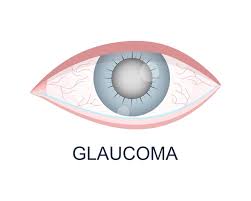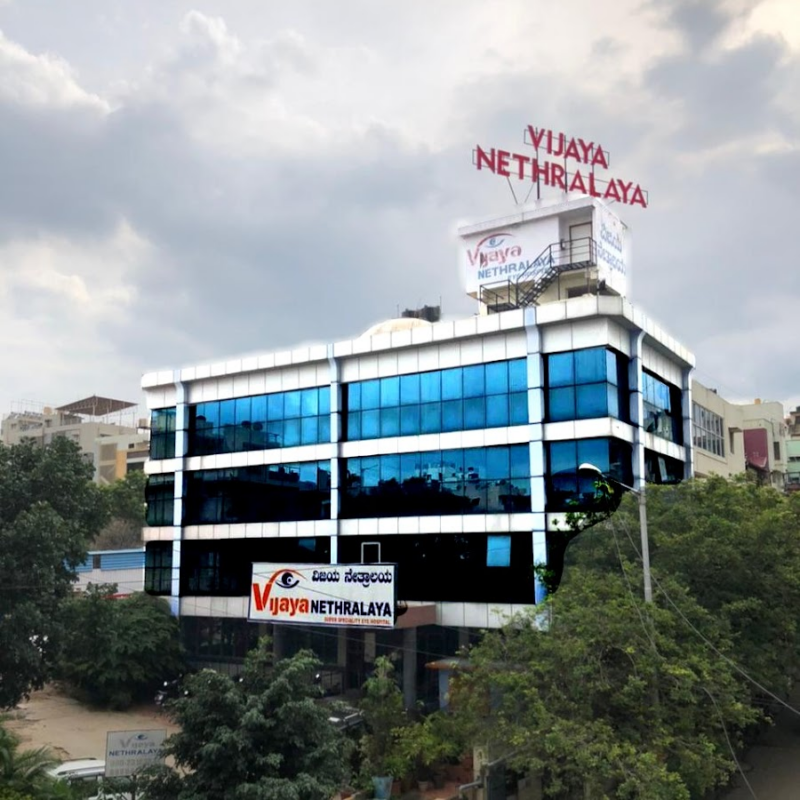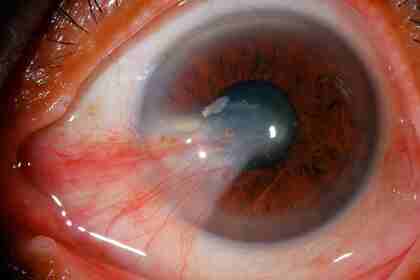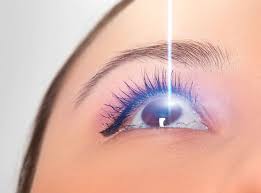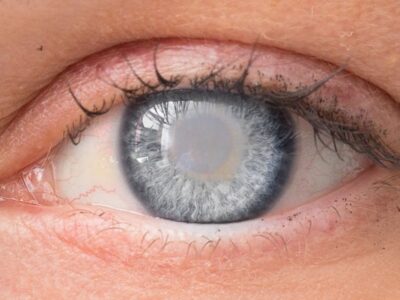Introduction:
When it comes to maintaining our health, our eyes often take a back seat. However, vision problems can significantly impact our quality of life. One such condition that demands our attention is glaucoma. Glaucoma is a serious eye disease that can lead to irreversible vision loss if not detected and managed in its early stages. In this article, we will explore the various kalamotiya Symptoms, helping you recognize the signs before they escalate.
Understanding Glaucoma & Glaucoma symptoms:
What is Glaucoma?
Glaucoma, being a group of eye conditions that damage the optic nerve, which is the crucial link between your eye and brain, is primarily caused by increased pressure within the eye, known as intraocular pressure. If left untreated, this condition can ultimately lead to permanent vision loss and even blindness.

Common Glaucoma Symptoms:
1. Silent Progression
One of the challenging aspects of glaucoma is its silent progression. In the early stages, glaucoma often shows no noticeable kalamotiya Symptoms, thus earning it the moniker “the silent thief of sight.” Consequently, regular eye check-ups are vital for early detection.
2. Gradual Peripheral Vision Loss
As glaucoma advances, it typically starts with the gradual loss of peripheral vision. You might notice that your side or peripheral vision becomes hazy or limited. This symptom often goes unnoticed until it reaches an advanced stage.
3. Tunnel Vision
Continuing from peripheral vision loss, some individuals with glaucoma may experience tunnel vision. This means that your field of view narrows significantly, akin to looking through a tunnel.
4. Blurred Vision
Glaucoma can also cause blurred vision, especially when pressure within the eye increases suddenly. This sudden spike in intraocular pressure, known as an acute angle-closure attack, requires immediate medical attention.
5. Halos around Lights
Seeing halos around lights, especially in low-light conditions, could be a sign of glaucoma. This occurs due to light scattering within the eye, which can be caused by changes in the eye’s structure due to elevated pressure.
Less Common Glaucoma symptoms:
1. Eye Pain
In some cases, glaucoma can lead to mild to severe eye pain, often accompanied by headaches. This pain may come and go, potentially being a result of increased pressure on the eye.
2. Nausea and Vomiting
Acute angle-closure attacks of glaucoma might cause nausea and vomiting, along with severe eye pain. Consequently, if you experience these symptoms, it is crucial to seek medical attention promptly.
Early Detection and Prevention of Glaucoma symptoms:
Regular Eye Exams
The importance of regular eye exams cannot be stressed enough. Eye professionals can measure your intraocular pressure, assess your optic nerve, and effectively detect any signs of glaucoma in its early stages.
Lifestyle Choices
Maintaining a healthy lifestyle can contribute to reducing your risk of developing glaucoma. Regular exercise, a balanced diet, and avoiding smoking can all play a role in eye health.
Author Details:
Dr. Thanemozhi Srinivasan is an esteemed ophthalmologist who has achieved remarkable success in the specialized field of glaucoma. With a diverse and illustrious background, she has garnered extensive experience and honed her expertise in diagnosing, managing, and treating this intricate eye condition. Driven by a profound dedication to her patients, Dr. Srinivasan embraces cutting-edge techniques and innovative treatments, aiming to optimize visual outcomes while delivering compassionate and individualized care. With her wealth of knowledge, remarkable proficiency, and unwavering commitment to excellence, Dr. Thanemozhi Srinivasan stands as a revered authority in the realm of glaucoma.

Book Your Appointment Now
Conclusion:
In conclusion, recognizing the kalamotiya Symptoms is crucial for early intervention and effective management. While glaucoma may start silently, being vigilant about changes in your vision and attending regular eye check-ups can help prevent irreversible damage. Remember, your eyes are your windows to the world – take care of them.
FAQs About Glaucoma symptoms:
1. Can glaucoma be cured completely?
No, glaucoma cannot be completely cured, but early detection and proper management can help slow down its progression and preserve vision.
2. Are there any age restrictions for developing glaucoma?
Glaucoma can affect people of all ages, but the risk increases with age, especially after 40.
3. Is glaucoma hereditary?
Yes, a family history of glaucoma can increase your risk of developing the condition.
4. Can I prevent glaucoma through diet?
While diet alone cannot prevent glaucoma, a healthy diet rich in antioxidants and nutrients can contribute to overall eye health.
5. How often should I have my eyes checked for glaucoma?
It is recommended to have a comprehensive eye exam every 1 to 2 years, especially if you are over 40 or have risk factors for glaucoma.

